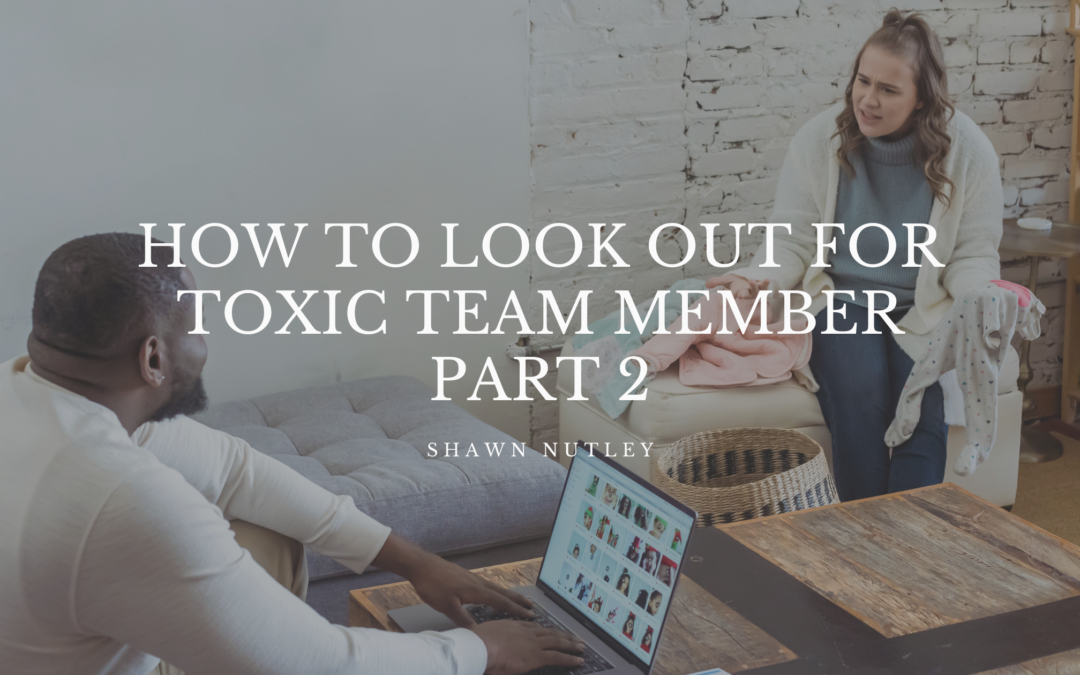The Avoiders
They make excuses. It’s not their job. Left unchecked, the excuses transition to why they’re always late, absent, or unable. Eventually, retention of quality workers becomes a problem because no one wants to carry the extra weight the avoider leaves behind.
This employee needs large doses of accountability and performance measures.
The Workaholics
This is another tough one to spot because they seem to be always going the extra mile, but what appears to be the star employee could be the most toxic.
They follow every letter of the handbook, they’re type-A personalities, and they always deliver. Yet, these are also the employees so controlling as to leave little room for teamwork, and they’re highly prone to burnout.
Disappearing desks may be a little too dramatic, but vacation time encouragement, limiting overtime, and enacting wellness programs can go a long way to prevent this overzealous employee from becoming toxic.
The Narcissists
When does the confident employee become toxic? Again, these are high achievers, but it comes at a price to the employee pool as a whole. Underestimating and belittling other employees leaves little room for teamwork. And, if everything is already known, then constructive criticism, feedback, and collaboration of ideas is a lost cause.
Make it a priority to stress the importance of each employee’s efforts and teamwork in achieving goals. Avoid hiring toxic narcissists by observing their social interactions upon interview. Are they, for example, friendly to reception or only those of ‘importance’ to their hiring process? Be sure to include teamwork questions in interviews to determine how well prospects value teamwork.
The Pessimists
All employees have complaints, and listening to these complaints with valid ears helps to bolster a positive work environment. However, the pessimist has something to say about everything, nothing will go right, everything is negative and complain-worthy, and their mood puts a damper on the entire workspace.
The pessimist is so dangerous because he/she can infect the mental wellbeing of the entire team very quickly.
Discourage their discouragement. Is there something centric causing their pessimism about everything else? This isn’t something that can be appeased if it can’t be solved.
In closing, a bad employee is dreadful, but a toxic employee is a costly disaster. Sometimes, the employee must go, but there are usually tactics that can solve the issue without such drastic action. It could be that the employee doesn’t even know they’re creating toxicity. Use performance reviews to help bring toxicity issues into discussion. Look for symptoms in everyday work habits. Then, give discussion, recognition, and redirection a chance. Don’t forget to ensure superiors lead by example.

